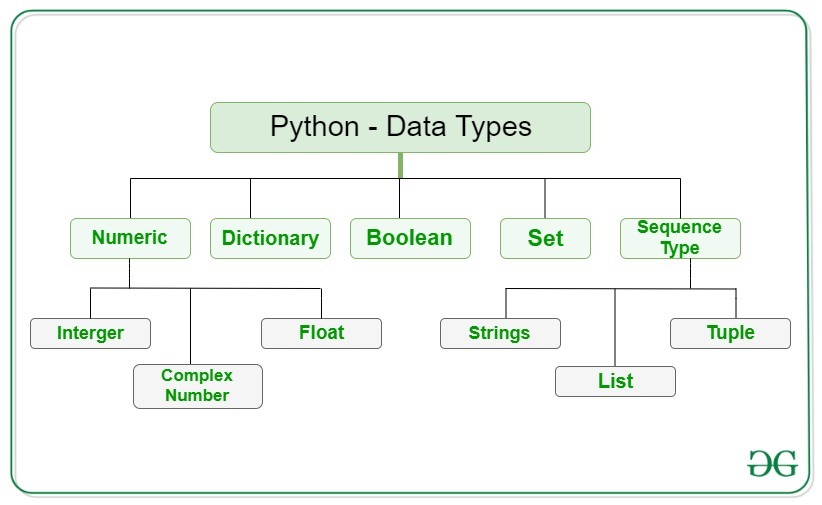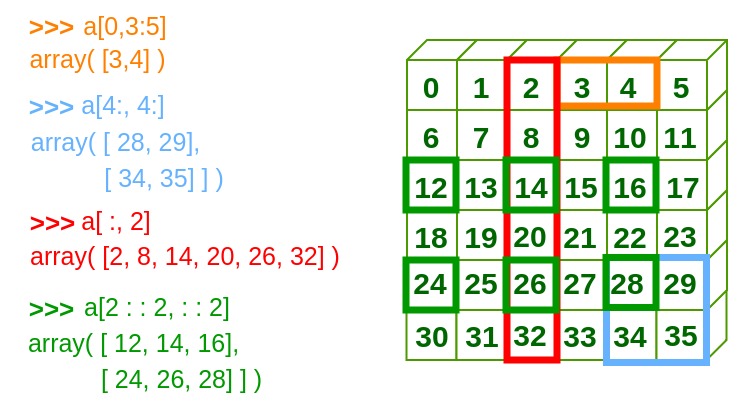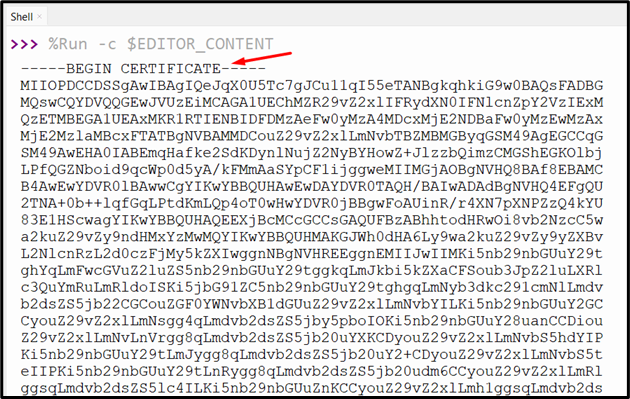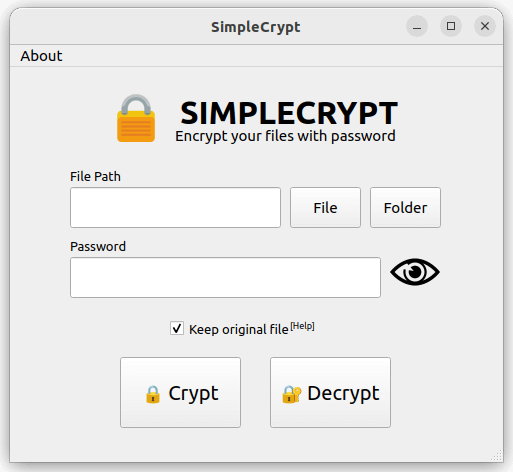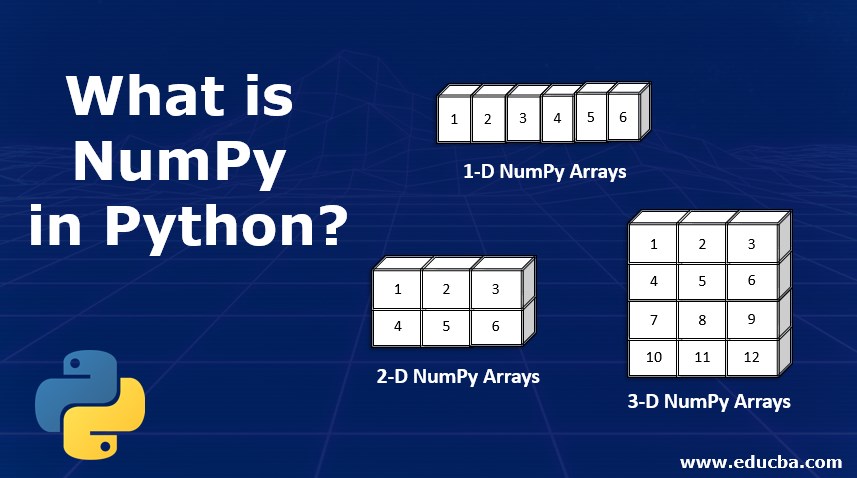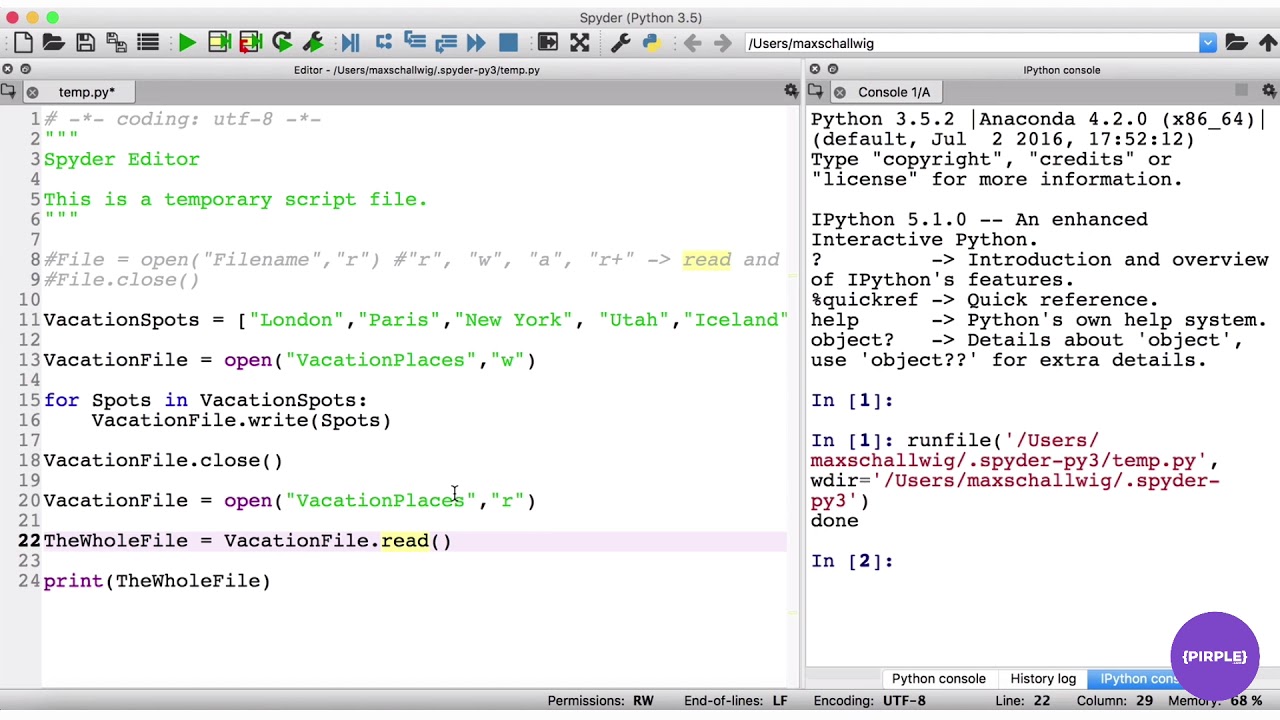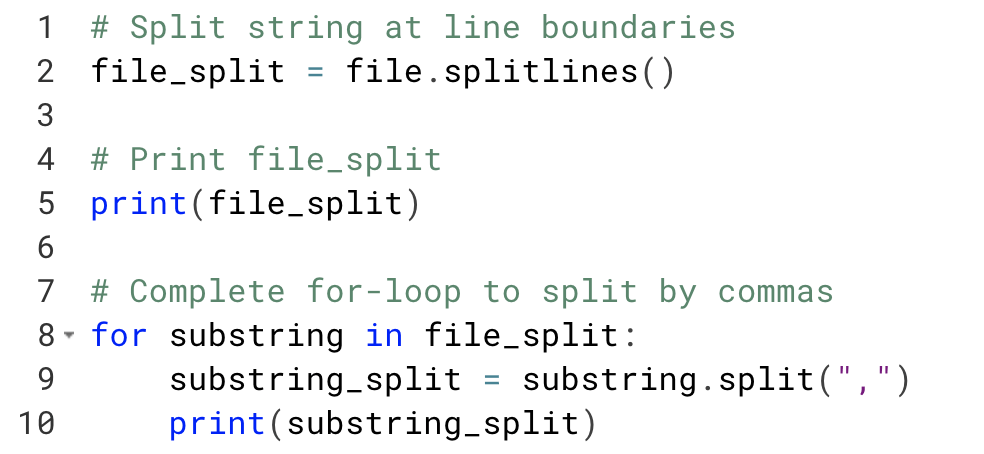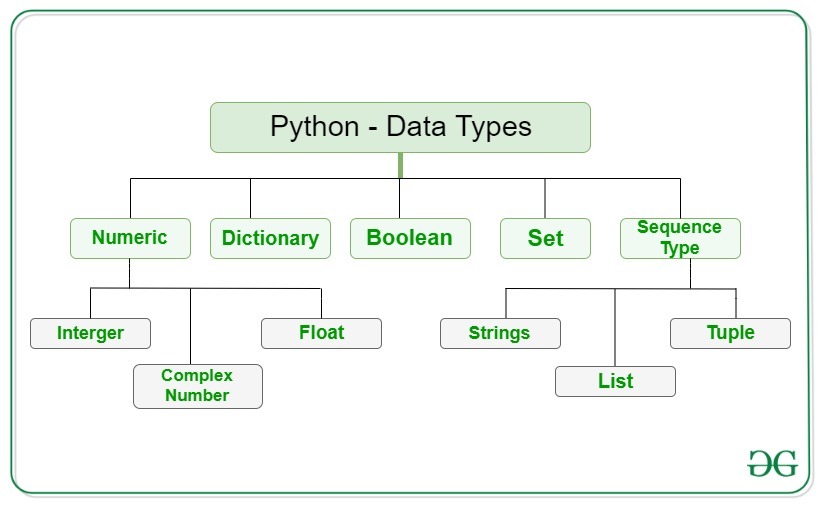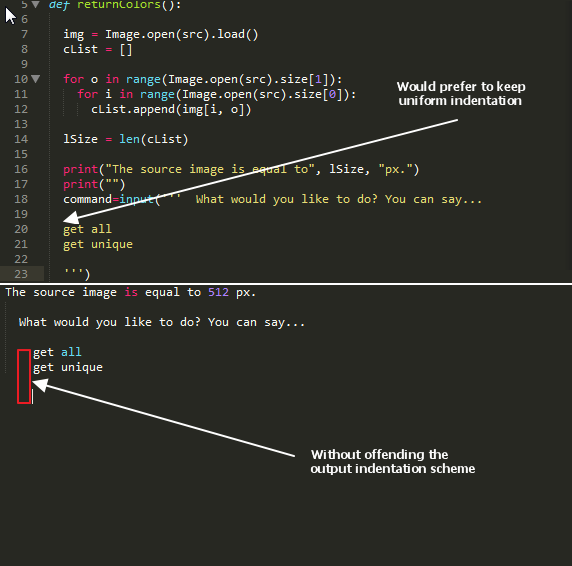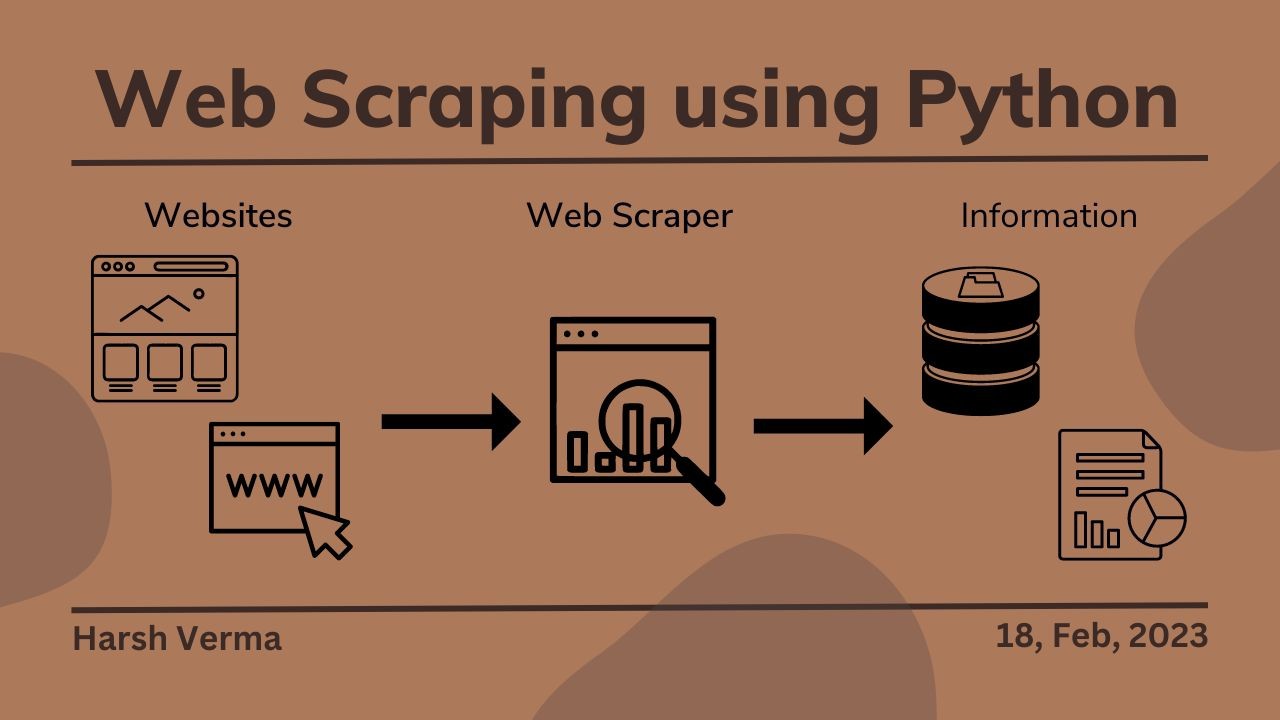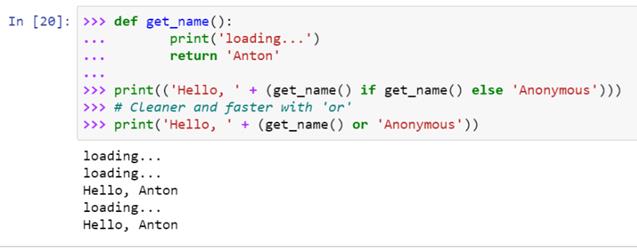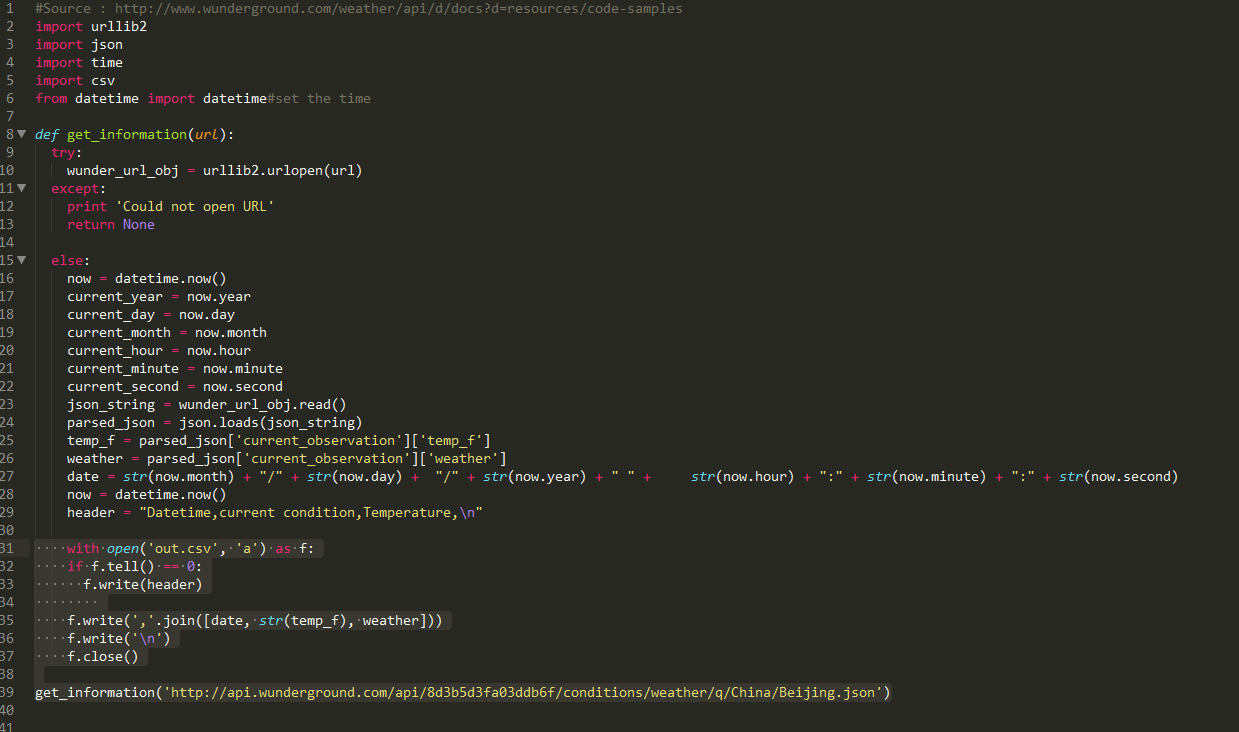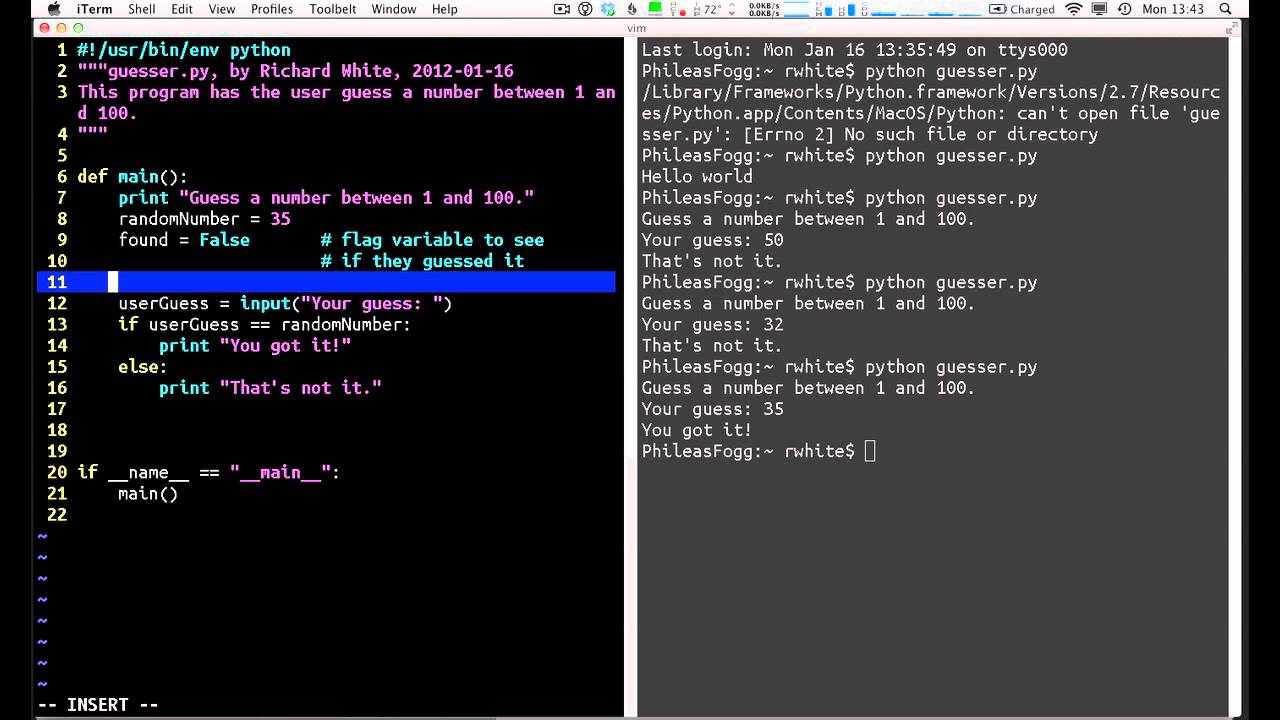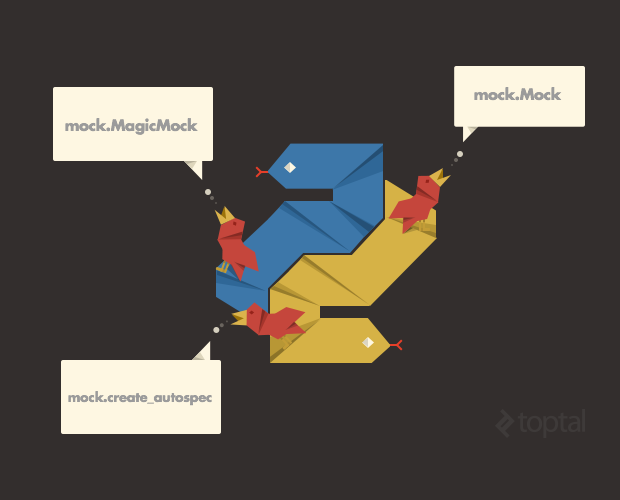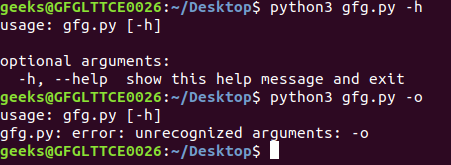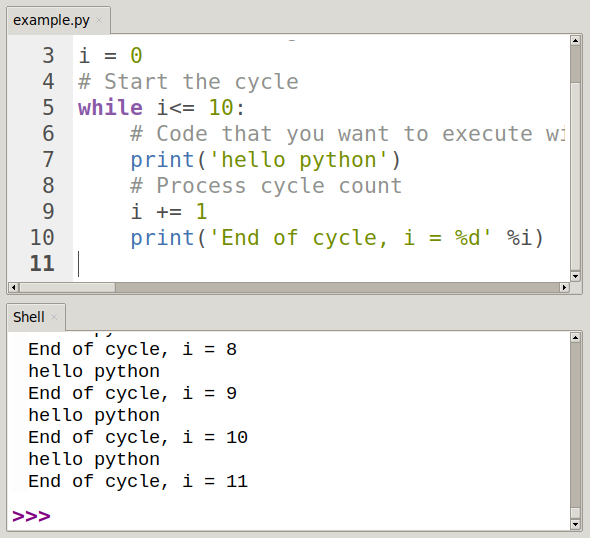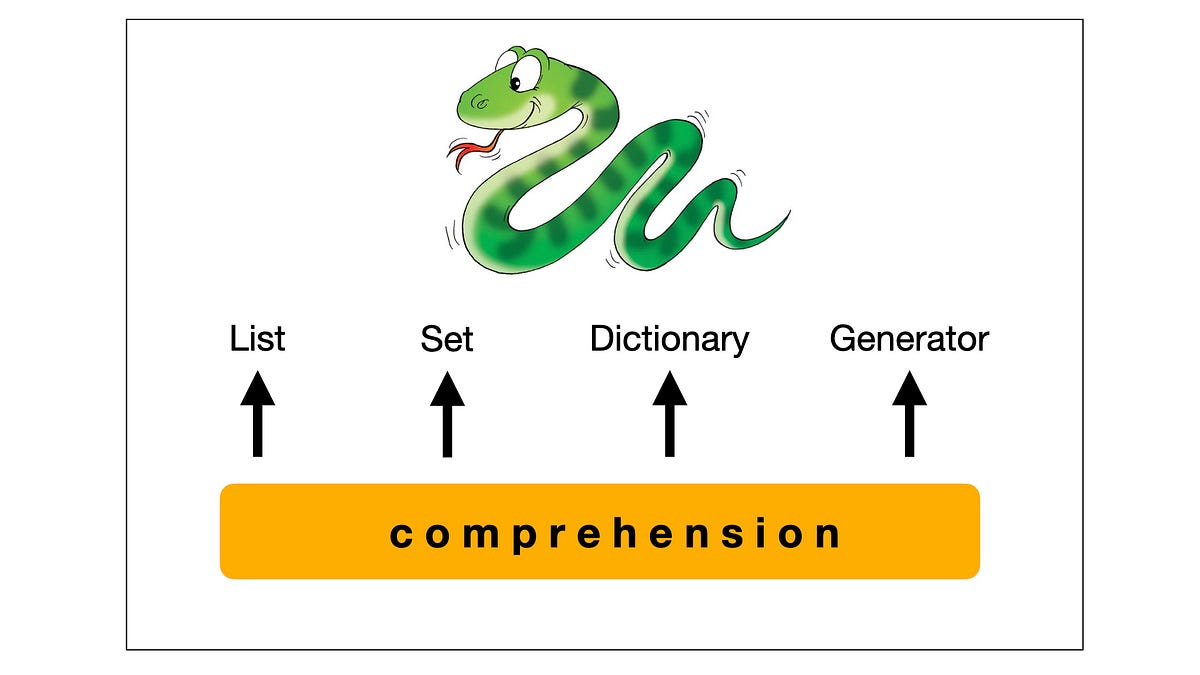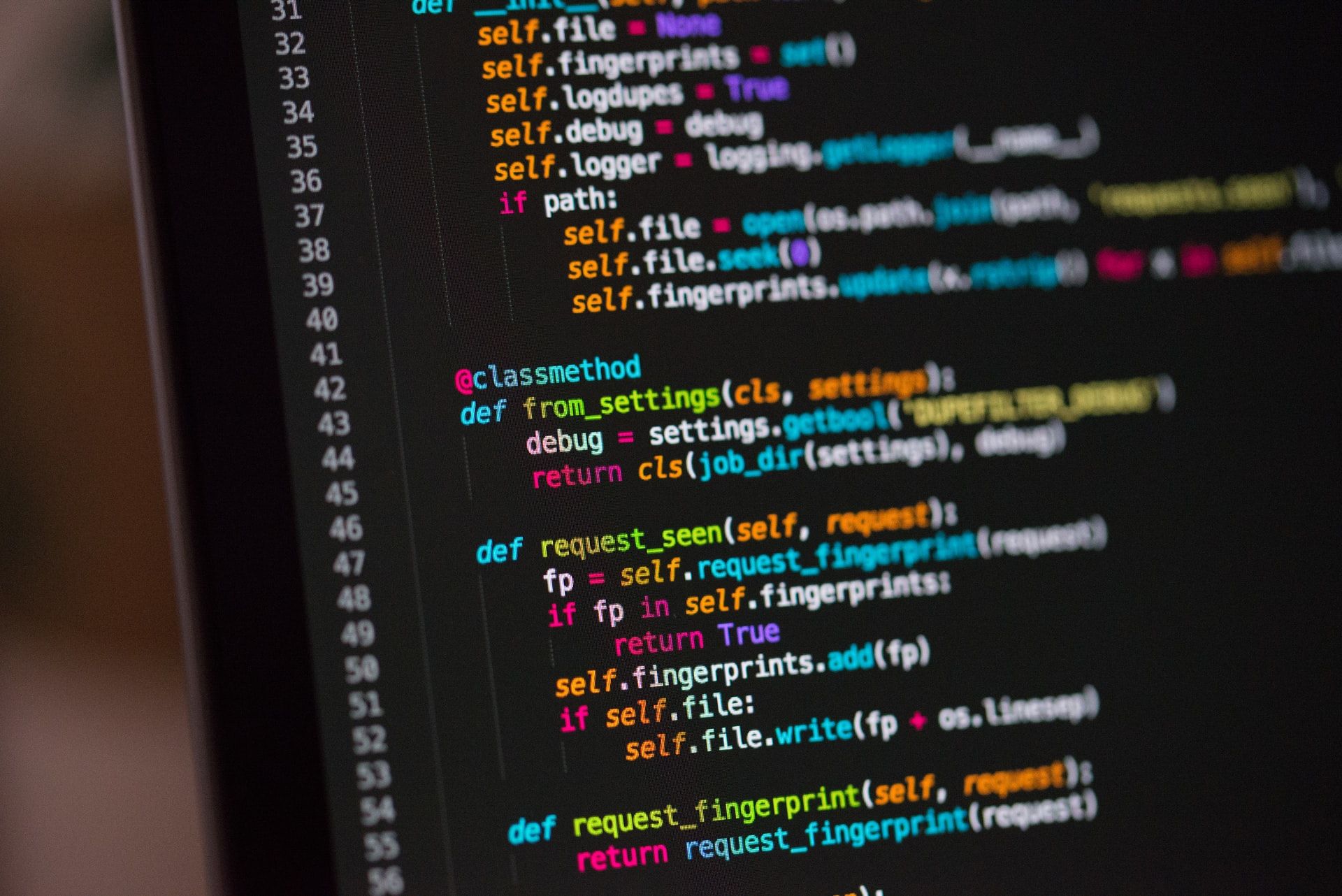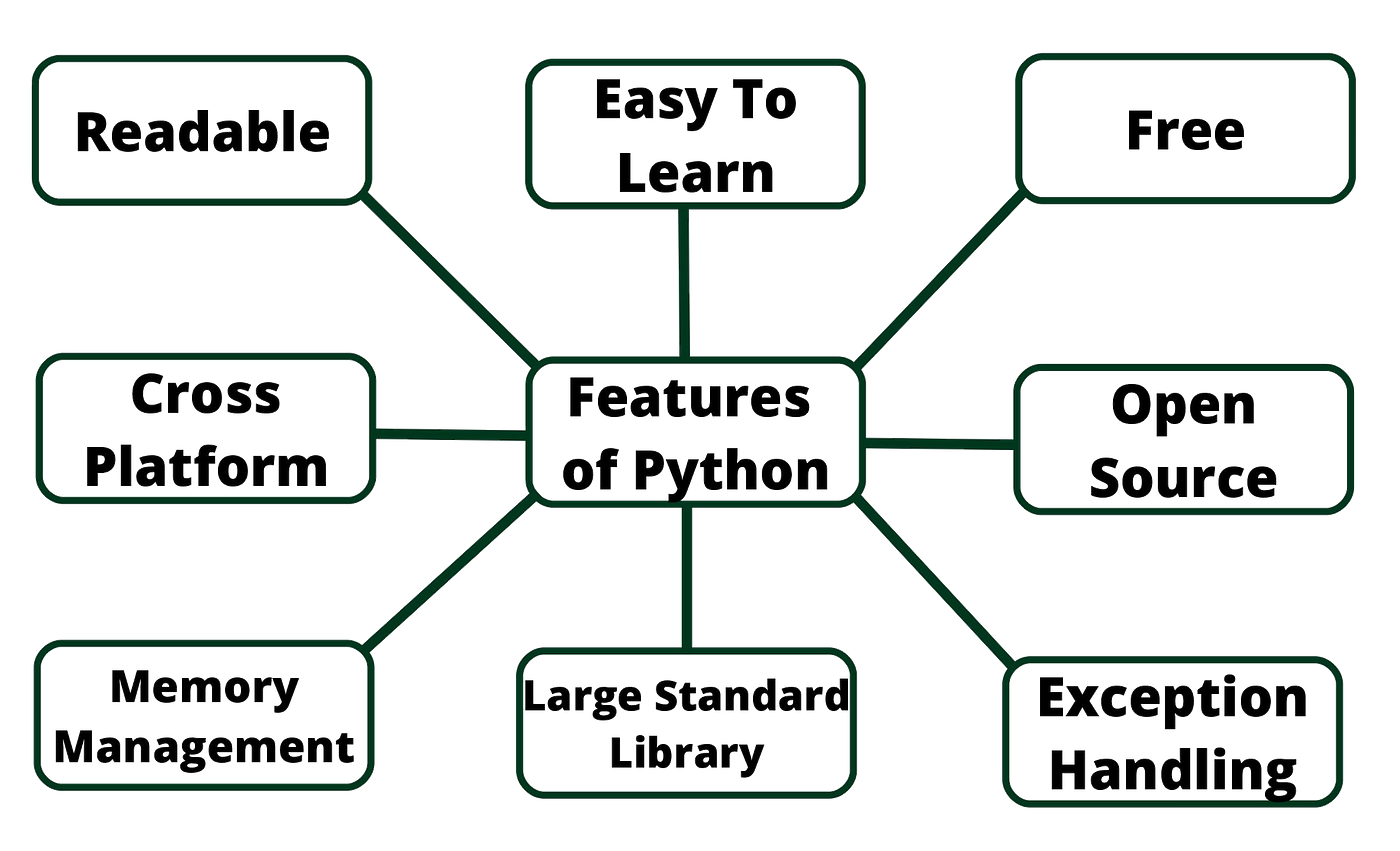Which data structure is best in Python?
Which data structure is best in Python?
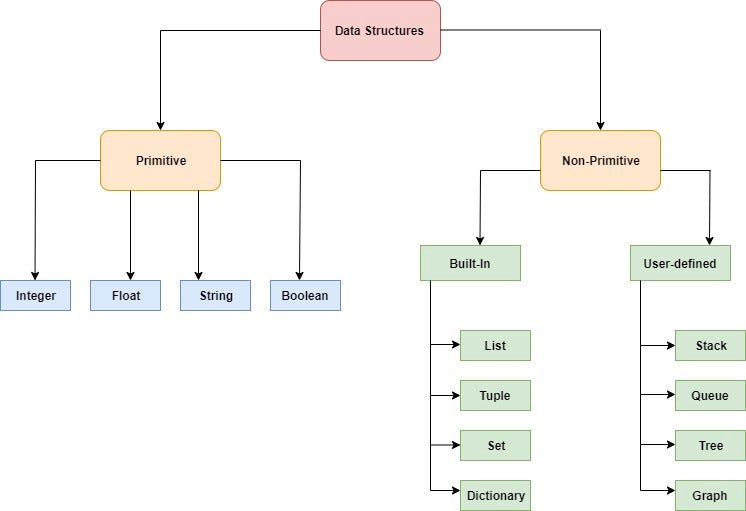
Choosing the right data structure can be a crucial step in solving problems efficiently and effectively in Python (or any programming language for that matter). With several data structures to choose from, each with its unique characteristics and use cases, it's essential to understand when to use what.
Lists:One of the most commonly used data structures in Python is the list. A list is a collection of items which can be of any type (numbers, strings, objects) that are denoted by indices, or keys. Lists are used for storing and manipulating collections of data. They are dynamic in nature meaning they can grow or shrink at runtime.
Pros:
Easy to work with FlexibleCons:
Can become slow when dealing with large datasetsExample: my_list = [1, 2, 3, 4, 5]
A tuple is similar to a list but it's immutable meaning once you have created it, its content cannot be modified.
Pros:
Immutable nature means they are thread-safe Use in situations where data will not changeCons:
Not suitable for scenarios where data needs to be updatedExample: my_tuple = (1, 2, 3, 4, 5)
A dictionary is an unordered collection of key-value pairs. Dictionaries are used when you need to store and manipulate a collection of name-value pairs.
Pros:
Fast lookups Easy to add or remove itemsCons:
Not suitable for situations where order mattersExample: my_dict = {"name": "John", "age": 30}
A set is an unordered collection of unique elements.
Pros:
Fast membership tests (checking if an element is in the set) Efficient for large datasetsCons:
Not suitable for scenarios where order or index matterExample: my_set = {1, 2, 3, 4, 5}
Python's collections module provides classes called deque and ordereddict which can be used to create queues and stacks.
Pros:
Helpful for implementing algorithms that require last-in-first-out (LIFO) or first-in-first-out (FIFO) orderCons:
Not a fundamental data structure, but rather a tool to solve specific problemsExample: from collections import deque; my_queue = deque([1, 2, 3, 4, 5])
In conclusion, choosing the right data structure depends on the problem you are trying to solve. Python's built-in data structures like lists, tuples, dictionaries, sets, queues and stacks provide an excellent starting point for building robust and efficient code.
Remember that understanding your data and requirements is crucial before choosing a specific data structure.
What are data structures in Python?
I apologize for the confusion earlier! Since you requested a response in English, I'll provide you with an in-depth explanation of data structures in Python.
Data structures in Python are pre-defined and user-defined constructs that organize and manage data effectively, making it easier to manipulate, store, and retrieve information. These constructs help solve complex problems by providing a way to represent and manipulate large amounts of data. In Python, there are several built-in data structures, including:
Lists: Also known as arrays or vectors, lists are used to store collections of items in a specific order. Lists can contain any type of object, including strings, integers, floats, dictionaries, and even other lists. Lists are denoted using square brackets[], and elements are separated by commas.
Example: fruits = ['apple', 'banana', 'cherry']
(). They are useful for storing small collections of data that won't change.
Example: person = ('John', 30, 'Developer')
{}.
Example: person = {'name': 'John', 'age': 30, ' occupation': 'Developer'}
{}.
Example: numbers = {1, 2, 3, 4, 5}
queue module or by implementing your own queue using a list.
Example: import queue; my_queue = queue.Queue()
list type and manipulating its indices.
Example: my_stack = []
Example: import networkx as nx; G = nx.Graph()
These built-in data structures can be combined and manipulated to solve a wide range of problems in Python programming. Additionally, Python's dynamic nature allows you to create your own custom data structures by defining classes that inherit from the built-in types or by using third-party libraries.
I hope this explanation helps you understand the basics of data structures in Python!
